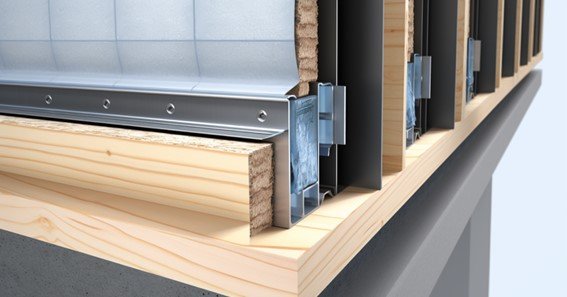Furring a wall out is a common construction technique that can play a role in improving sound transfer. This process involves installing thin strips of wood or metal—called furring strips—between the existing wall and a new surface. By creating an additional gap between the two surfaces, sound waves are disrupted, making it harder for them to travel through the wall. This decoupling effect helps reduce noise transmission, particularly in spaces like apartments or offices where soundproofing is a priority.
How Furring Improves Sound Transfer
The effectiveness of furring for sound reduction lies in the gap it creates. Sound waves have difficulty passing through air pockets, and furring out walls can add this extra layer of insulation. When combined with other materials like mineral wool or foam boards, furring becomes even more effective in damping sound vibrations. Additionally, experts recommend combining this method with other soundproofing techniques such as double drywall, mass-loaded vinyl, or resilient channels for optimal results.
FAQ
Does furring a wall out completely block sound?
Furring improves soundproofing, but it’s not a standalone solution. It’s most effective when combined with other methods like insulation, mass-loaded vinyl, and double layers of drywall.
What materials are used in furring for soundproofing?
Furring strips are typically made of wood, metal, or composite materials. These strips create space for additional soundproofing materials like mineral wool or foam boards.
Can furring help with thermal insulation as well?
Yes, the air gap created by furring also allows for thermal insulation, improving both sound and energy efficiency in the space.
Is furring a common method for soundproofing walls?
Yes, it is a widely-used method, particularly in situations where a complete wall teardown isn’t feasible, like in apartment renovations or office settings.
Should furring be combined with other soundproofing techniques?
Absolutely. Experts recommend pairing furring with materials like acoustic caulk and soundproof drywall for best results in reducing noise transfer.
By incorporating furring into your soundproofing strategy, you can reduce sound transfer while also enhancing the wall’s insulation properties. However, for the best results, it should be part of a broader soundproofing approach.
Take a look at this interesting piece jeff-arcuri-height










